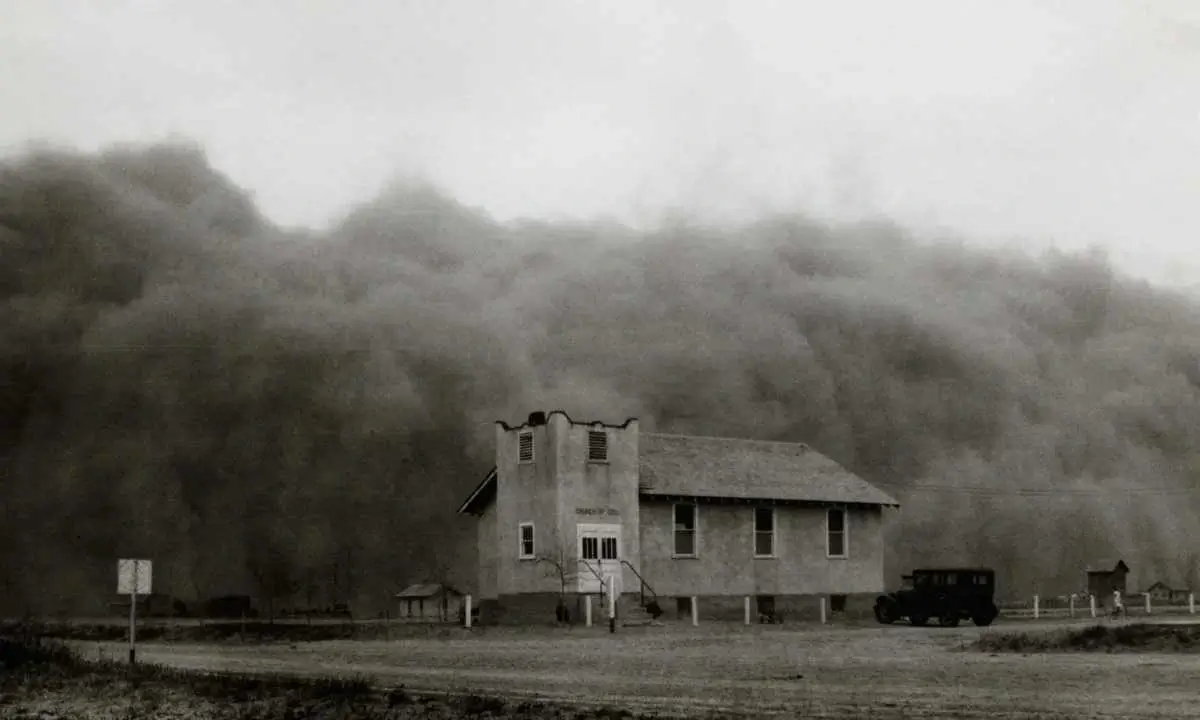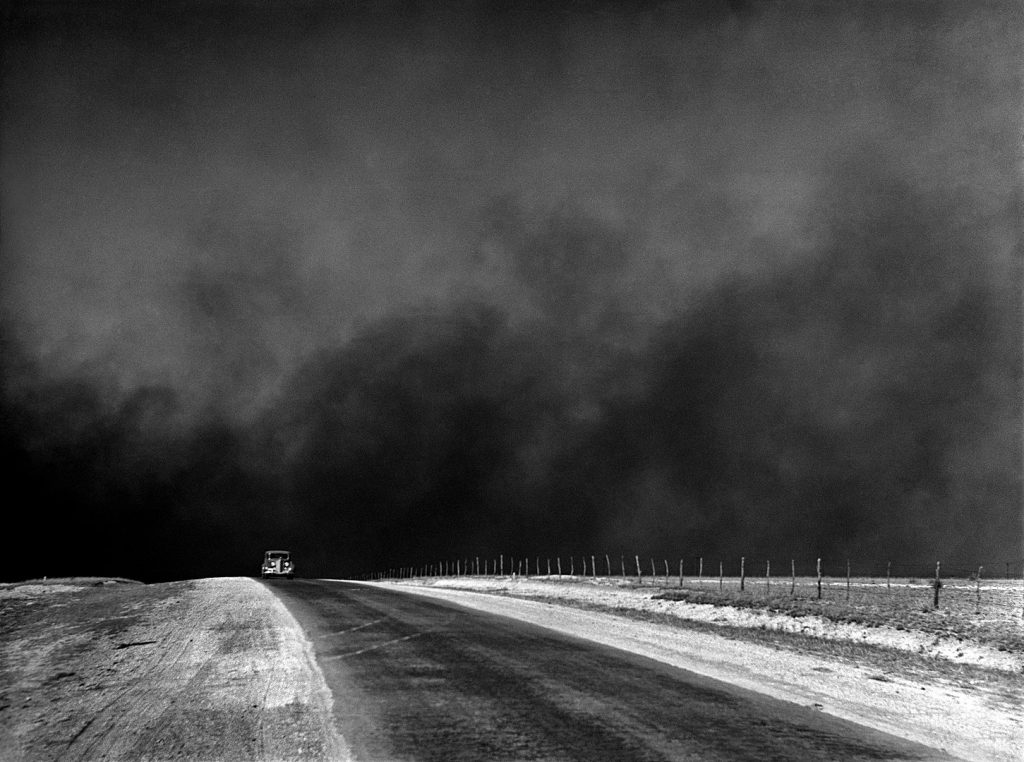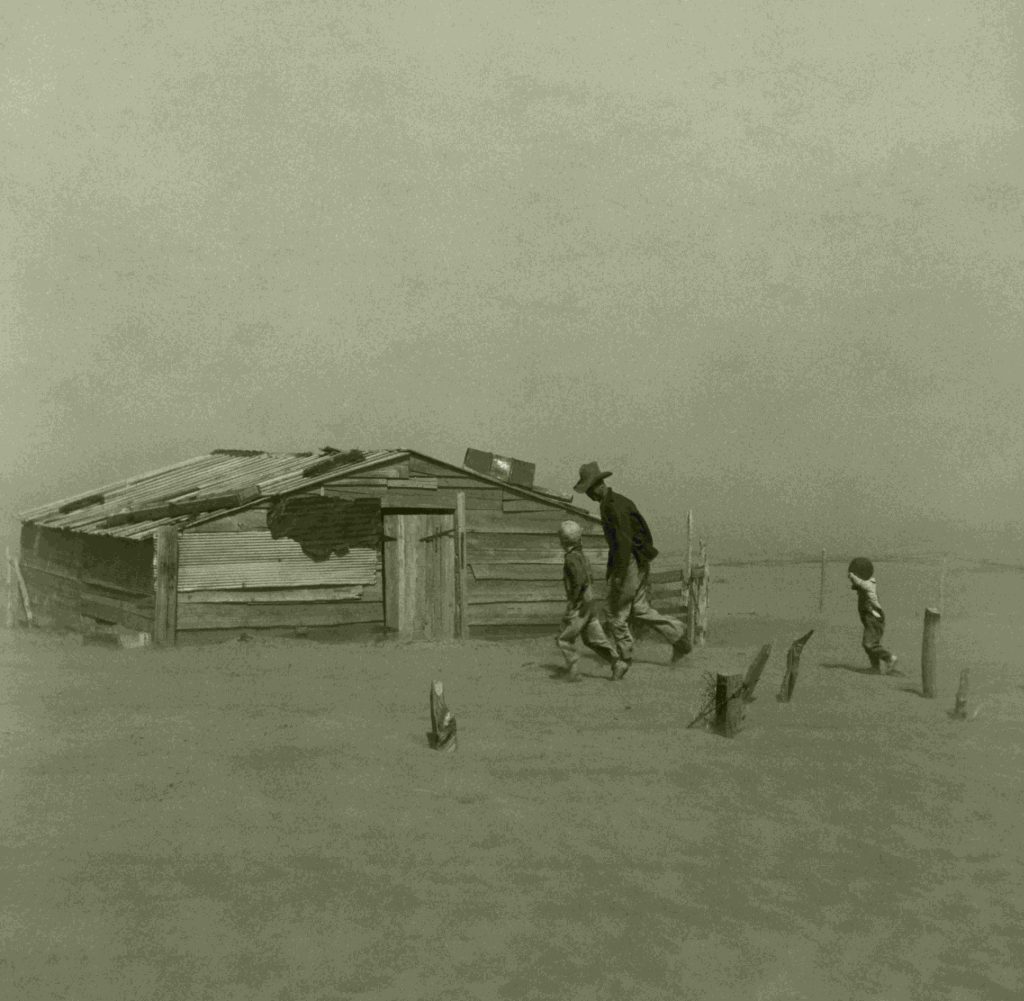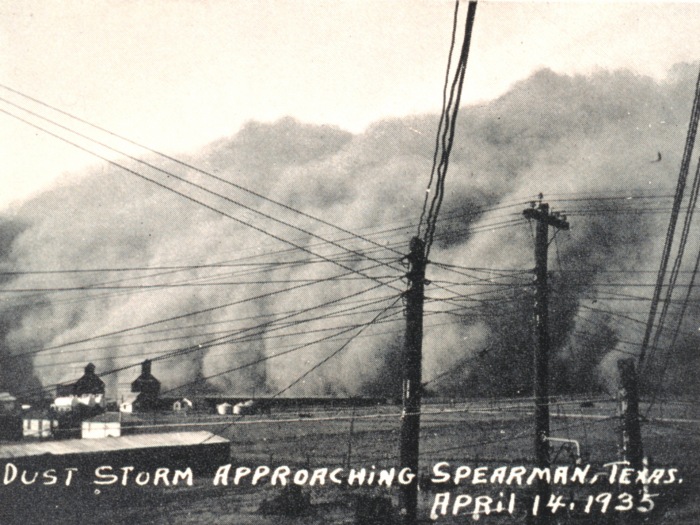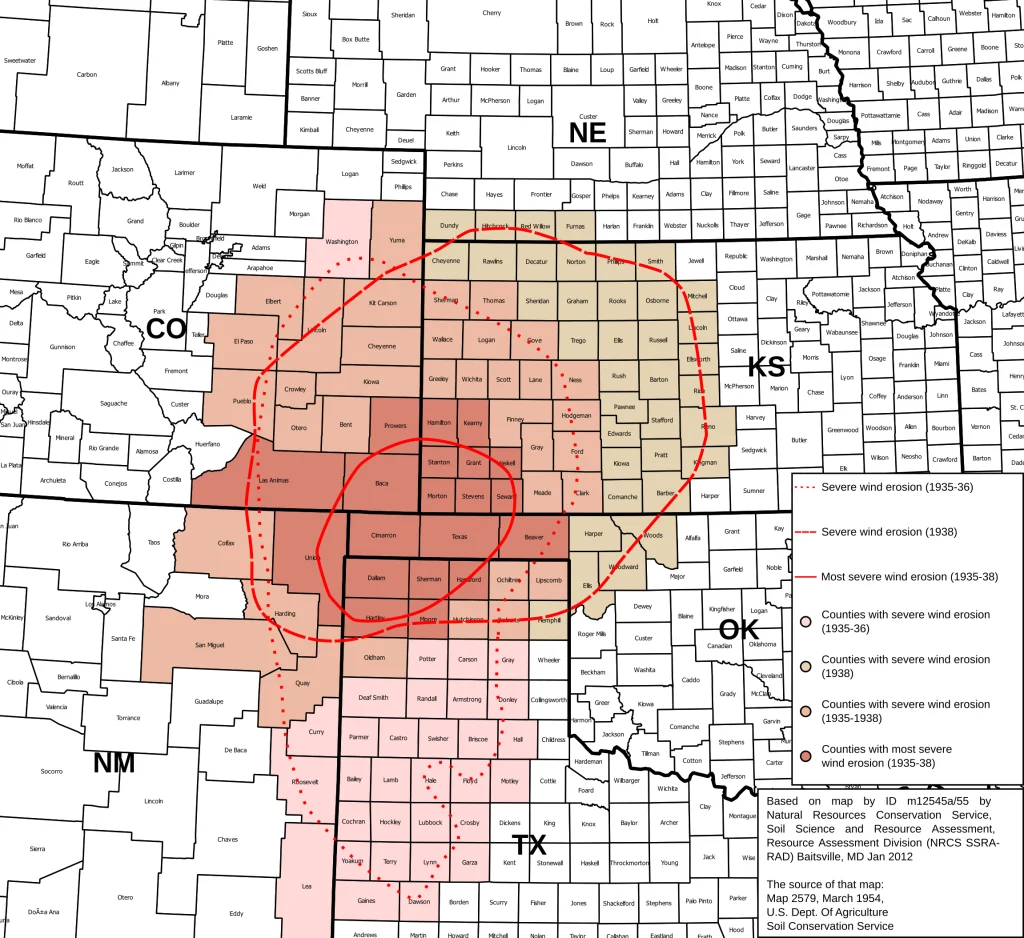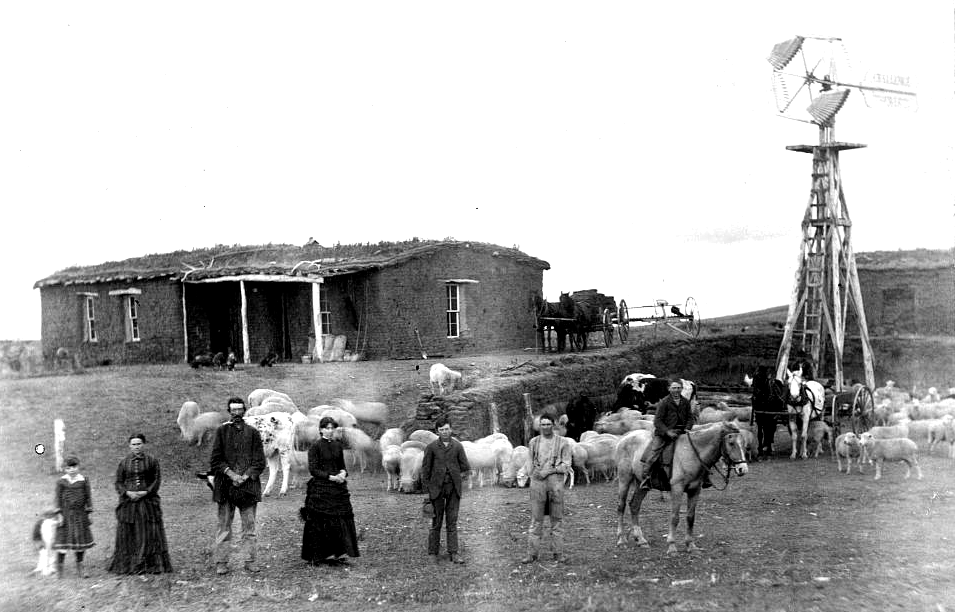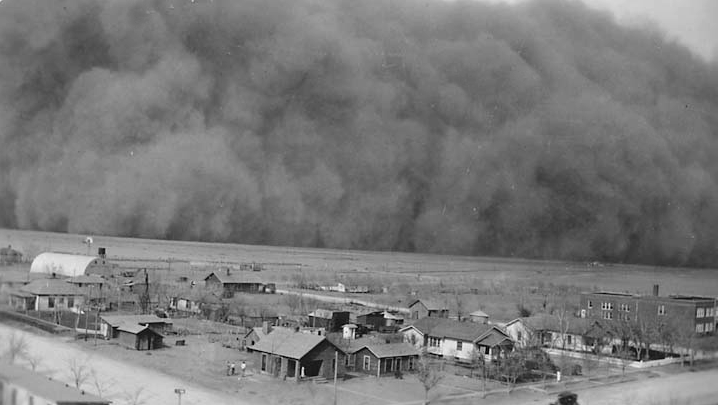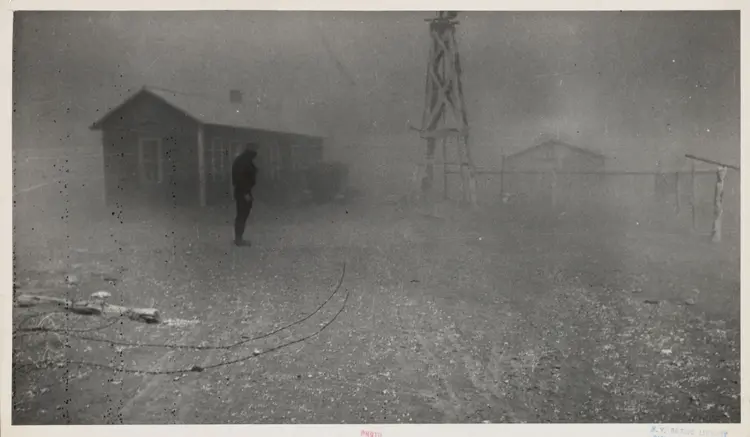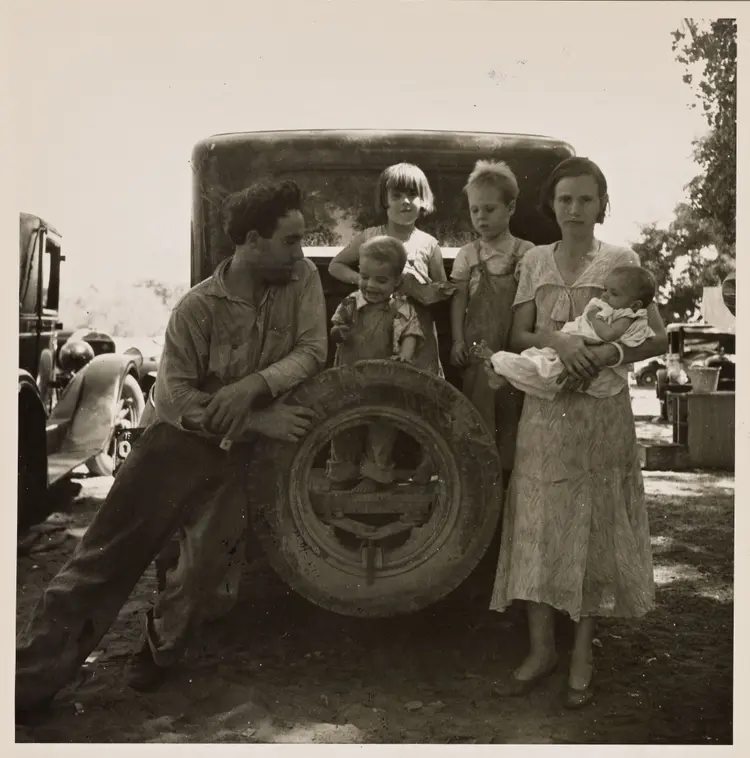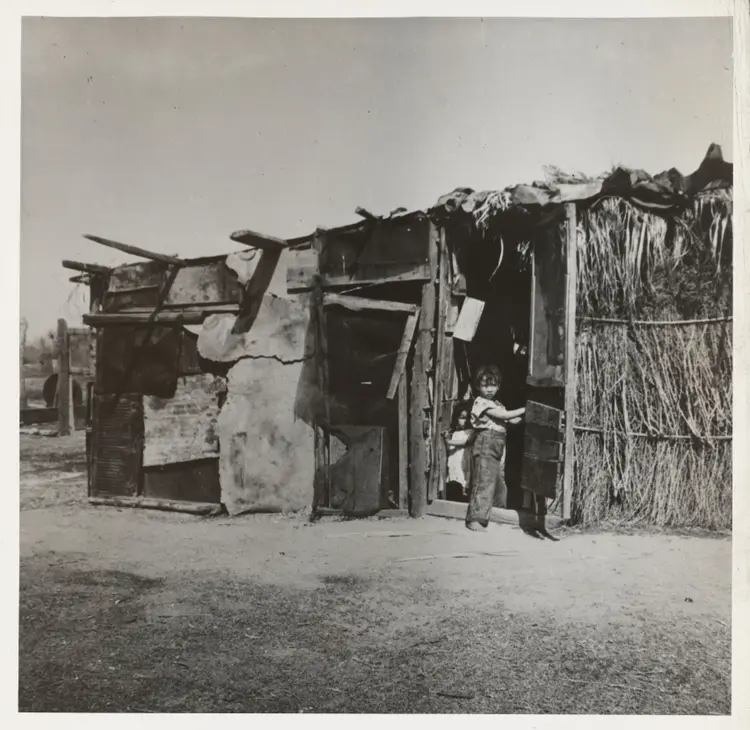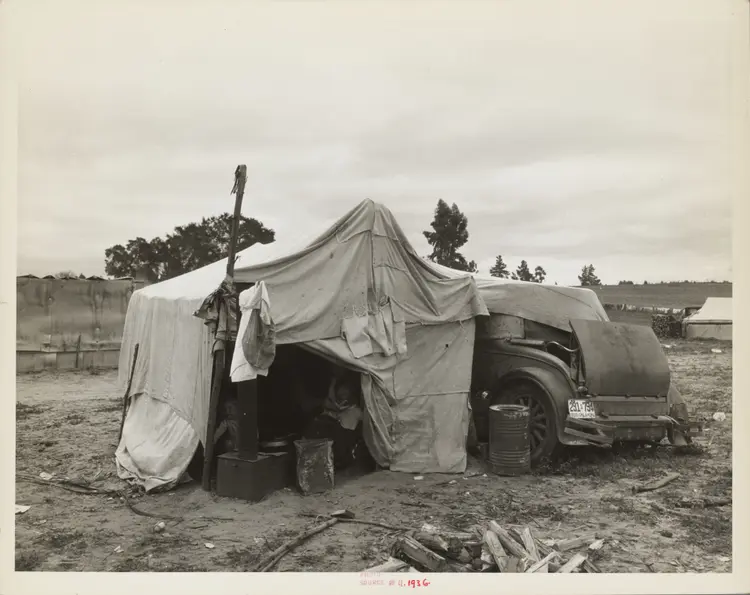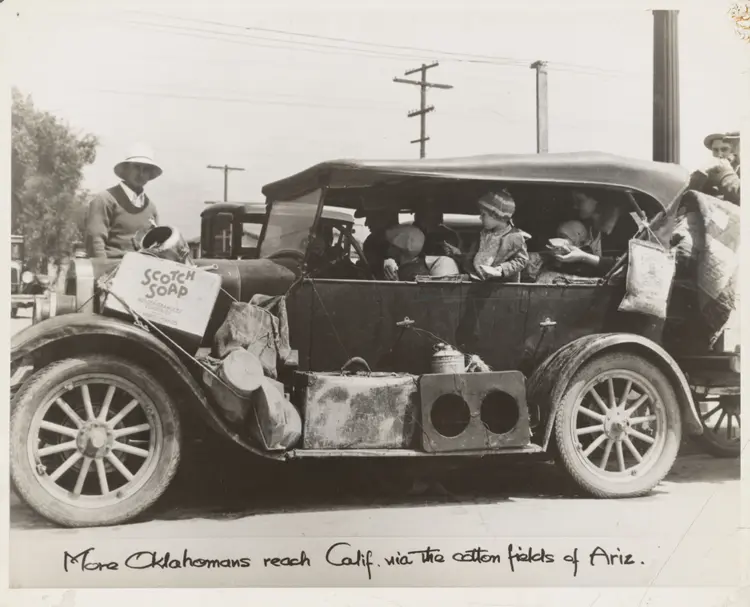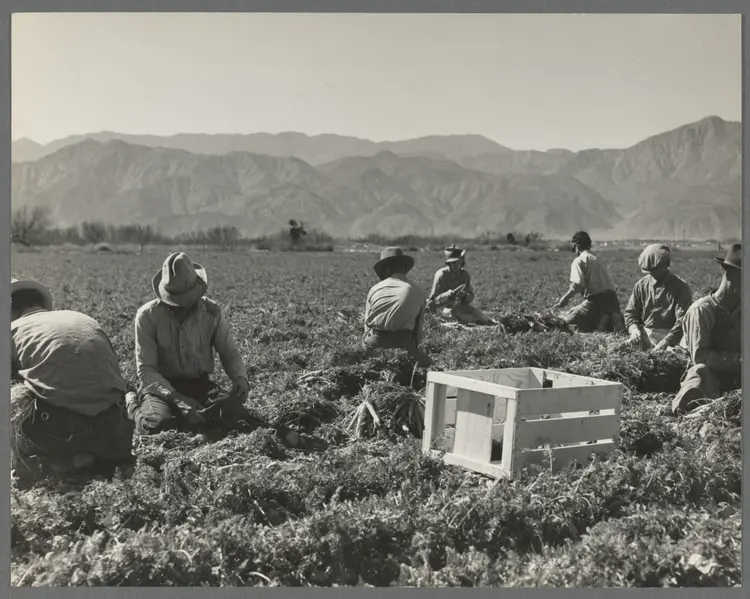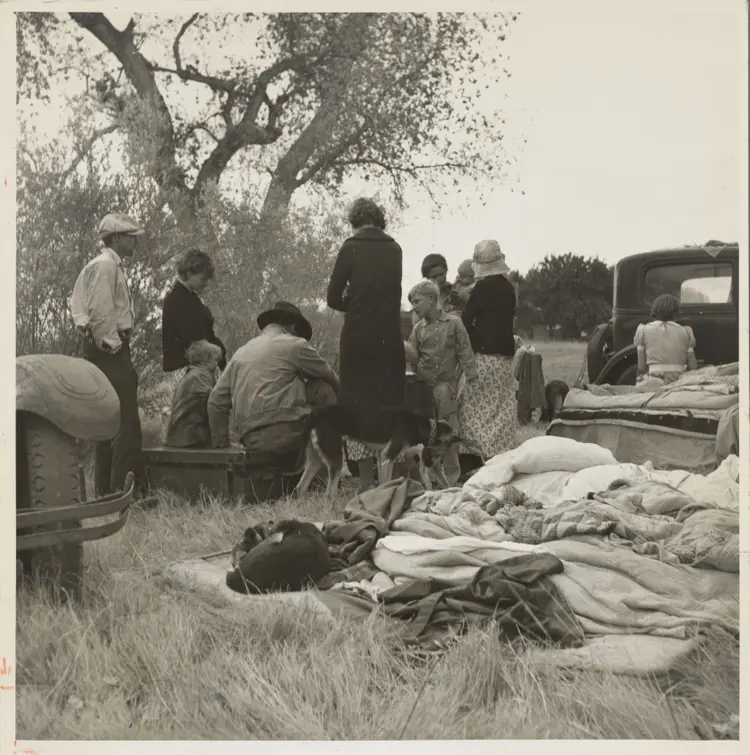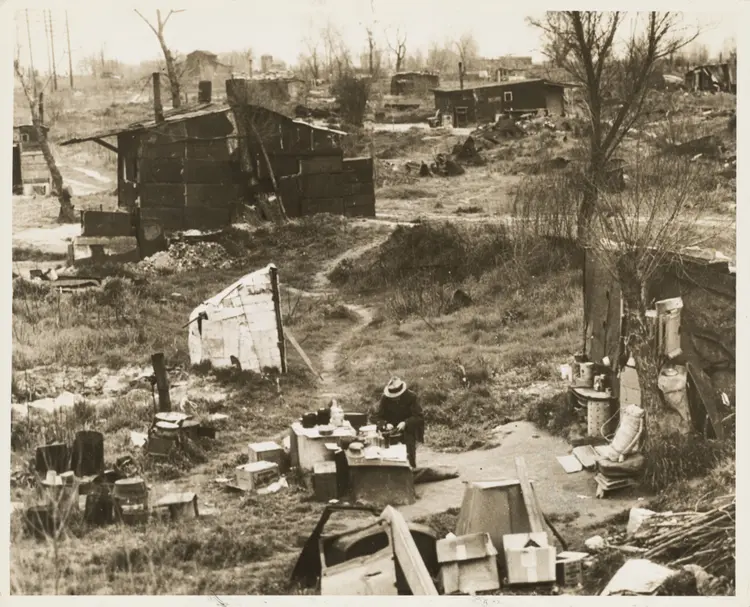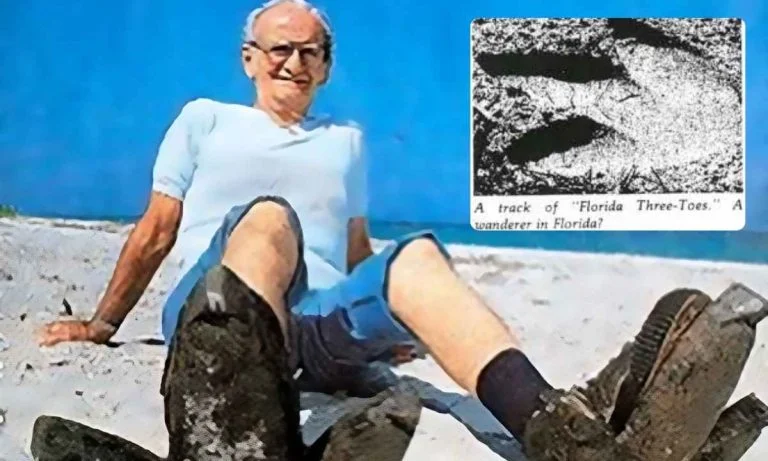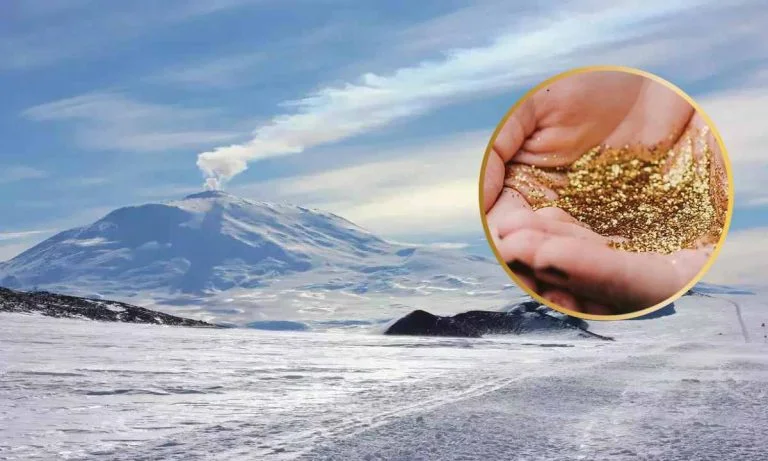The Most Devastating Drought in US History the “Dust Bowl”!
The Dust Bowl of the 1930s was the most disastrous drought in American history. Dust storms blackened the skies, farms became wastelands, and families fled their homes in search of a better life. This disastrous decade saw a combination of severe drought and poorly thought-through farming devastate the Great Plains. The drought came in three waves in the years 1934, 1936, and 1939–1940. However, some regions of the High Plains experienced drought conditions for a period of eight years. The nation was already battling the Great Depression, but the Dust Bowl raised the stakes in the struggle. Let’s explore the details of the disaster, its causes, its impact, and what it has left behind.
What Caused the Dust Bowl?
Farmers in the Great Plains over-plowed the land and removed the native grasses of the land that kept the soil in place. They kept growing the same crops without crop rotation to put nutrients back into the soil. This greatly made the land susceptible to erosion. In fact, as Hugh Hammond Bennett, a soil scientist, said, “Of all the ways soil can be ruined, the most potent is through the loss of its protective cover of vegetation.”

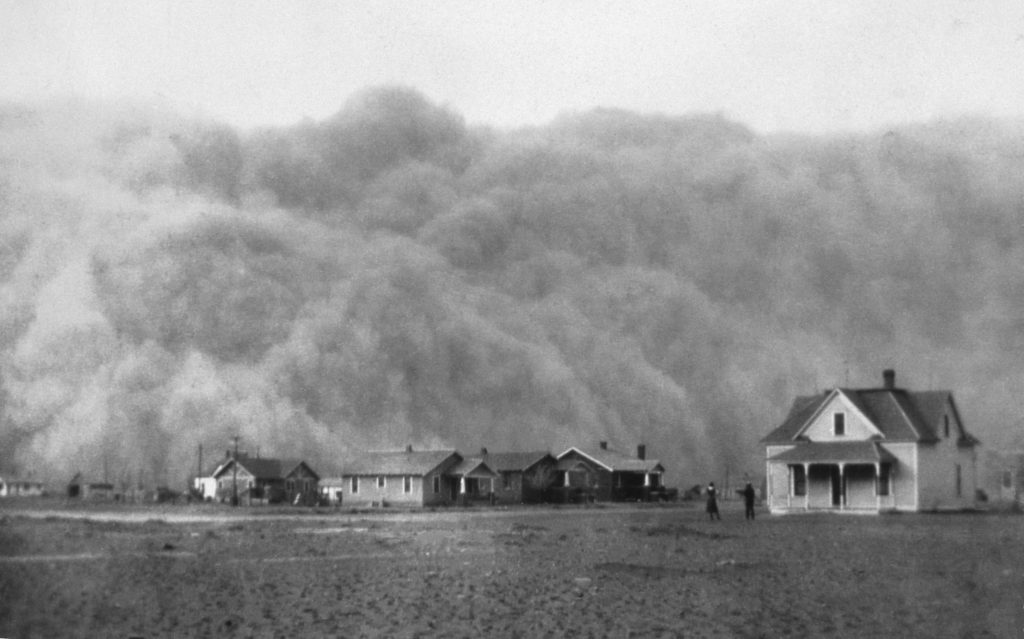
Beginning in the early 1930s, the region experienced an unprecedented drought. Rainfall was scarcer than ever, and temperatures increased. The once-rich topsoil became dry and turned to dust. Winds whipped across the plain and lifted the dust into storm-sized squalls referred to as “Black Blizzards.” It was to become known as the Dust Bowl.
World War I increased the demand for wheat and other crops, and in order to meet this demand, farmers plowed up more land. When the prices of those crops fell in the 1920s, farmers tried to make up for lost income by increasing their production numbers, further stressing the land. Economic pressure compelled many farmers to abandon sustainable farming practices that left croplands vulnerable to the coming storm.
Living Through the Disaster
The Dust Bowl was not just an environmental disaster. It was a human tragedy. Human beings struggled daily so that they could survive in this unkind landscape.
Dust storms unendingly invaded homes and lungs as families fought for survival. Children went to school in masks, and more than once a layer of dust joined every meal. “Dust pneumonia” was one of the common ailments causing much illness and death.
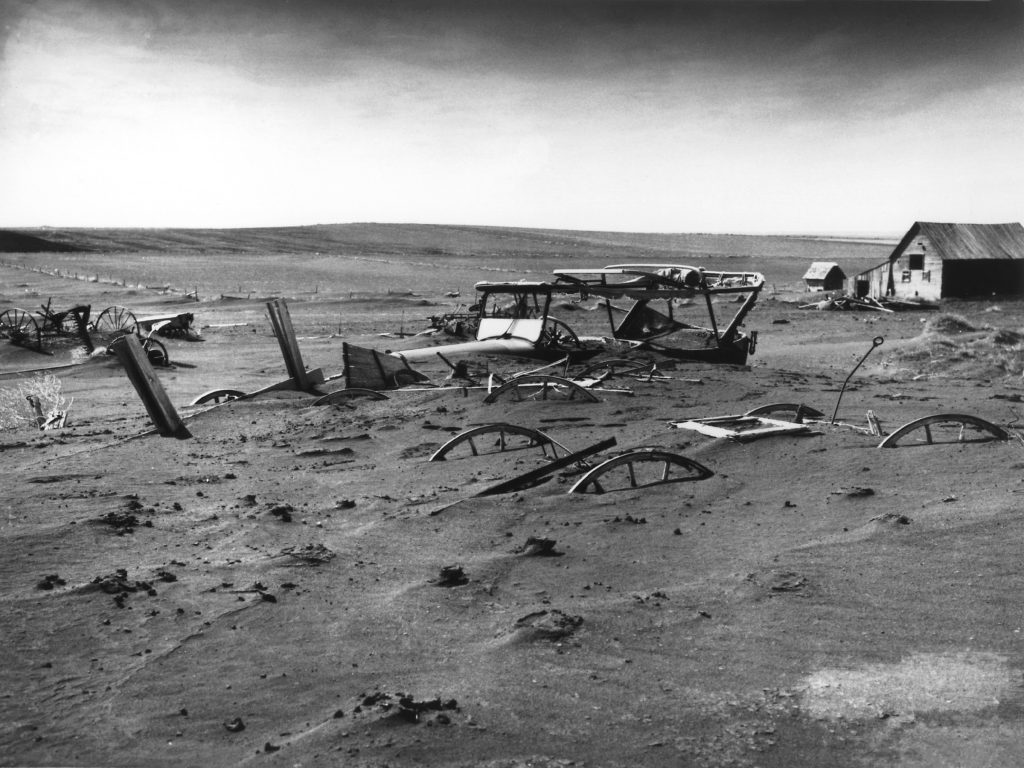
Crops failed and the banks foreclosed on farms. People that had no livelihood remained on the Great Plains; some estimated 2.5 million people packed meager belongings and headed west in search of a new beginning. It was one of the largest mass migrations in American history. The struggles of these “Okies,” in search of their new life in California, are poignantly framed in the novel The Grapes of Wrath by John Steinbeck.
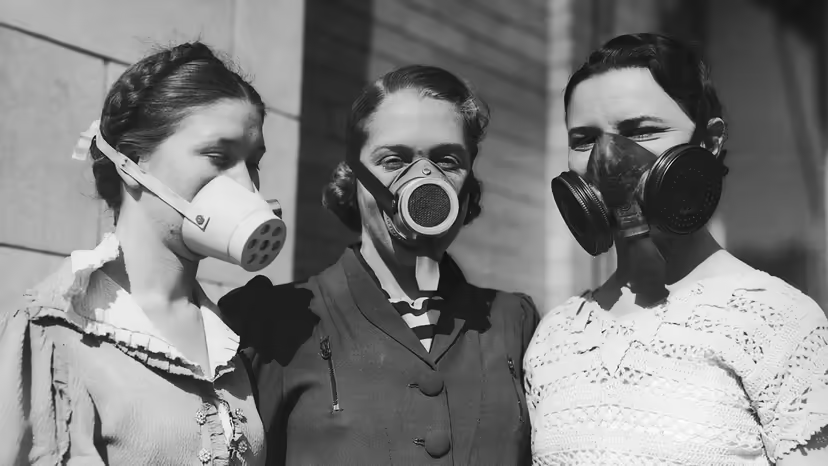
The Dust Bowl went deep into American culture. Musicians like Woody Guthrie sang about the hardship; through some of his songs, like “So Long, It’s Been Good to Know Yuh,” he tried to raise awareness about the disaster.
People evidenced outstanding resilience against such calamity. They remained optimistic and struggled with unthinking difficulties
Government Intervention and Conservation for Overcoming the Dust Bowl
The Dust Bowl elicited decisive action, whether it came to alleviating human suffering or ensuring that such a disaster would not reoccur.
Because of this the government intervened. President Franklin D. Roosevelt instigated the New Deal. Programs were instituted to help alleviate those communities suffering from the event. The Soil Conservation Service established in 1935 suggested new farming practices that would help protect the soil. Other programs developed under the New Deal program included the planting of trees as windbreaks by the Civilian Conservation Corps to prevent further erosion.
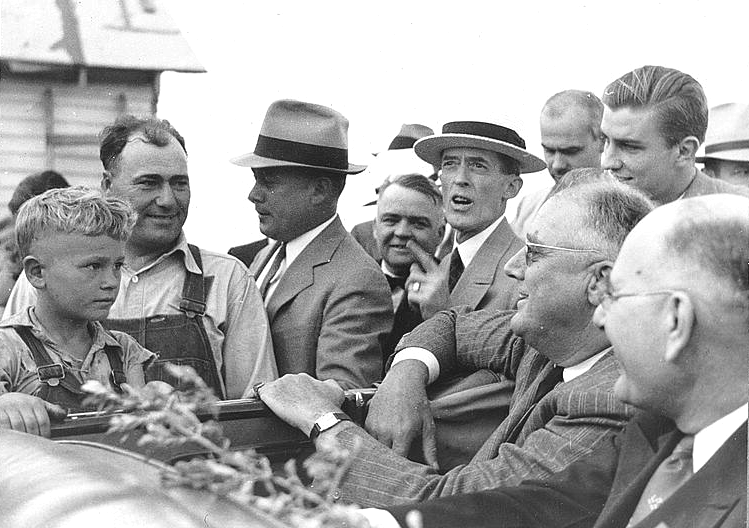
Farmers learned to take care of the land using new techniques. They initiated contour plowing, rotation of crops and terracing. Thus, erosion was reduced to a minimum with much restoration to the soil. Stories of success began to emerge as the land slowly healed.
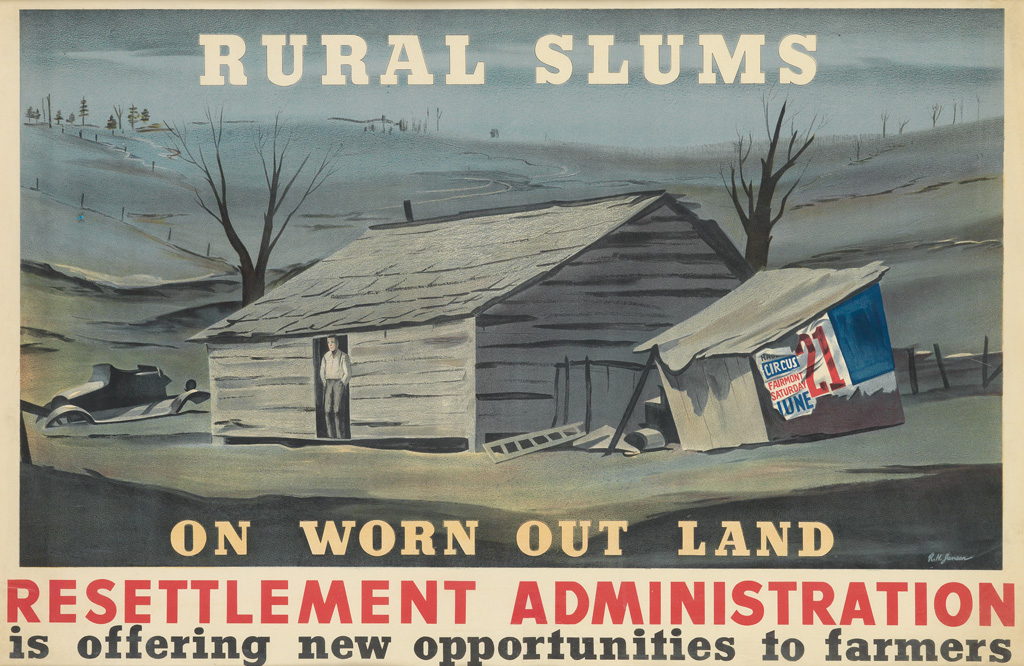
The Dust Bowl informed a better understanding of environmental care. For the very first time in history, conservation occured in the national agenda. The Dust Bowl taught valuable lessons for future policies on how land should be managed with concern for sustainability.
Lessons from the Dust Bowl’s Legacy
The Dust Bowl is a dramatic example of how sensitive is the interrelationship between man and the environment. Its legacy has much to teach people of today and tomorrow.
The Dust Bowl facilitates environmental literacy. By living through a history of errors, many took better steps to avoid those mistakes occurring again. The Dust Bowl is one of the standard topics in the curriculum of environmental sciences where the results of bad performance in sustainable use are elaborated.
With the changing climate and desertification, today presents some of the challenges we face. History from the Dust Bowl, therefore, reminds us of the essence of timely intervention over such issues. In fact, we can only prevent similar catastrophes through sustainable agriculture and environmental conservation.
Conservationists have continued to adapt to new methods of conservation. With the advances in technology, there are other ways of conserving the soil and the environment. In fact, we apply sustainable practices as a way of living from what we learnt from the Dust Bowl and striving towards a healthy planet.
Conclusion
The Dust Bowl is the most disastrous drought to have ever hit the United States. It was due to severe drought combined with unsustainable farming. The ecological tragedy resulted in widespread human misery, economic depression, and mass migration.
It is important that we learn from this experience. It should also remind us of possible consequences for certain activities as far as the natural environment is concerned. Similarly, appreciating conservation and practicing sustainable agriculture will avert such tragedies in the future. The Dust Bowl legacy hence reminds us to cultivate a sustainable future for coming generations.
Also read,

